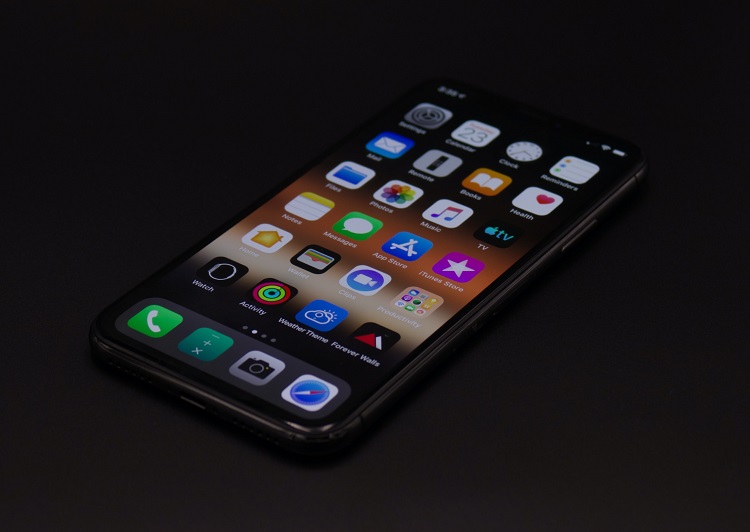Logistics are very complex. If you are wondering how to make a transportation app or how to make a logistics app that can really make a difference, you have to know how the supply chain works. You will need to create an app that can manage warehouses, maximize truckloads and track driver locations.
Transportation mobile app development can provide insight and transparency across the various locations and processes.

Contents
What Does Good Transport App Development Do?
Transportation and logistics mobile apps development has to integrate mobile apps into their workflow to achieve the desired goals and realize the following benefits:
1. Reduce Paperwork and Delivery Times
Good logistics app will provide companies with freight documents and avoids inconvenient paperwork order forms or service orders. Companies should be able to save time by scheduling freight delivery and reducing empty miles via mobile apps.
2. Optimize Warehousing
Built-in databases and barcode scanning can improve dispatch operations, while delivery scheduling allows companies to choose the best routes and timetables.
3. Vehicle Tracking and Management
Your app should coordinate shipments, predict dispatch times through integrated GPS tracking, and automate other routine tasks like inventory dispatching. By providing greater visibility into the supply chain process, you can reduce empty miles and increase profit.
How to Make a Transportation App
If you wonder how to make a mobile application for transportation, you have to know what you are willing to spend and what you want to achieve. Here are a few steps you’ll have to execute to build a logistics app from scratch.

1. Choose the App Type
Logistics apps can vary according to the end-user, the department, and the features it has. It can include:
- Fleet Management apps that record, manage and store information about trucks;
- Logistics On-Demand that measure the amount of space on trucks;
- Warehouse apps that control the delivery and delivery times of apps.
Once you know which app you’d like to build, you can start scouting for the proper development team.
2. Gather Quotes from App Developers
You have to start gathering technical expertise that matches your goals, your clients, and your budget. Offshoring is a great way to get a robust and skilled team at a lower cost because they can be scaled up or down as your requirements change.
3. Sign NDAs and do the Paperwork
Once you’ve found your dream team, you will need to create a non-disclosure document, a scope of work, and other legal documents. You will brief the relevant teams about the type of app you’d like to build and its features, and the business analyst will help determine the total cost of the app.
4. Road mapping
The first cost estimate is usually not the project’s final cost because requirements and detail have to be finalized. Consider the timeframes, the technology requirements, team composition, and hourly rate before choosing the final vendor.
5. Discovery Phase
Your development team will refine the app’s business logic, functions, end-users, and other details in the first three months to create your project specification and goals. They will start prototyping and creating screens that visually represent the app, but it will not be ready for testing yet.
6. The MVP
Before the team starts work on a feature-rich, final app, they will create a minimum viable product that only includes the basic features. It will be released to a limited audience for testing and feedback. The feedback gathered will be used to make improvements or to add features that users want.
7. Create the Advanced App with All Features
Once the development team has received all the feedback following the MVP launch, they will start developing advanced features for your logistics app. They will focus on the UX/UI and begin refining the product for launch.
Once the product is ready, you will retain a few developers for app maintenance but refocus on marketing and selling your solution to clients in the supply chain or transportation industry.
Now that you know how to make a logistics app, you can get started on your own! If you need a hand getting your team together, make sure to do your research.

